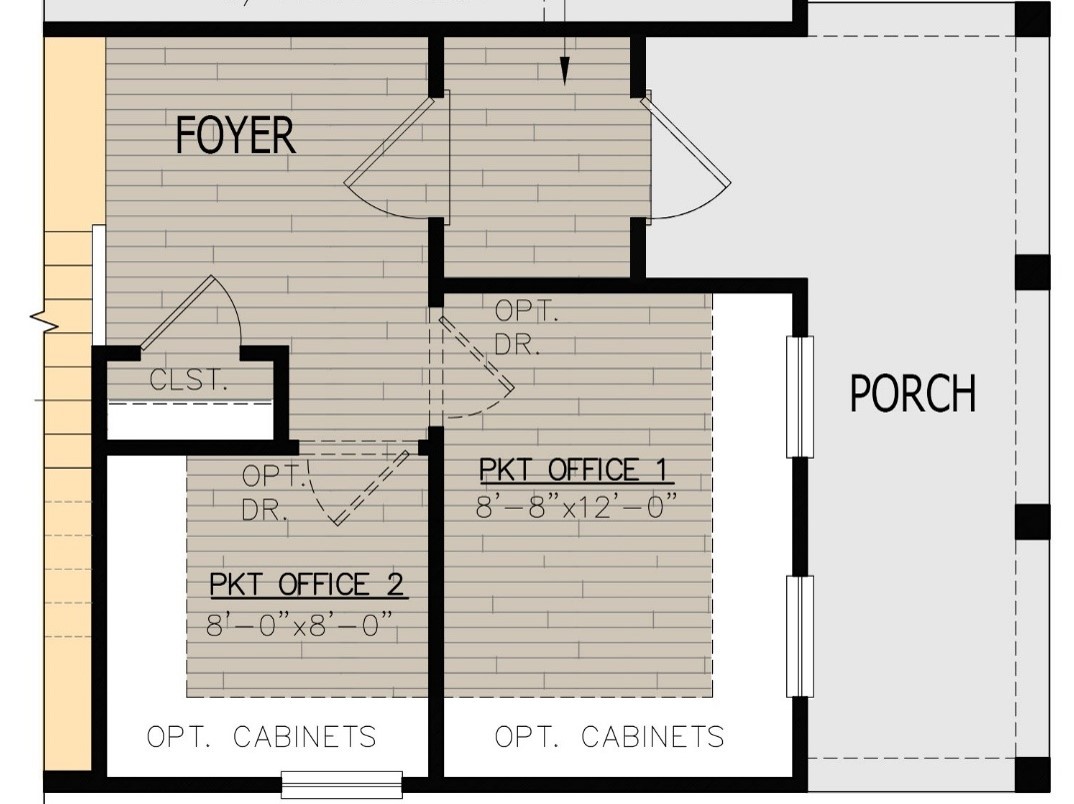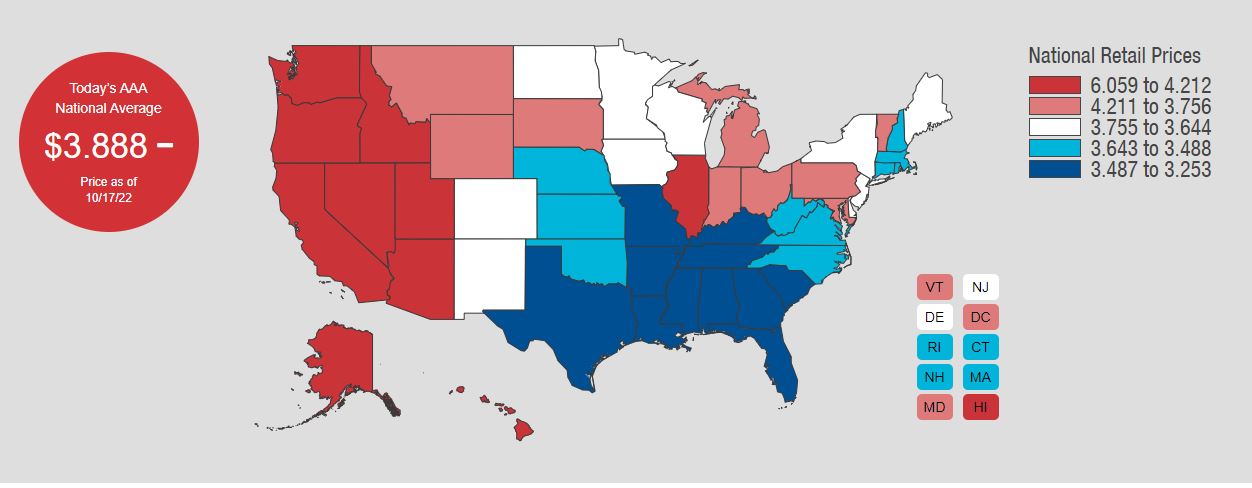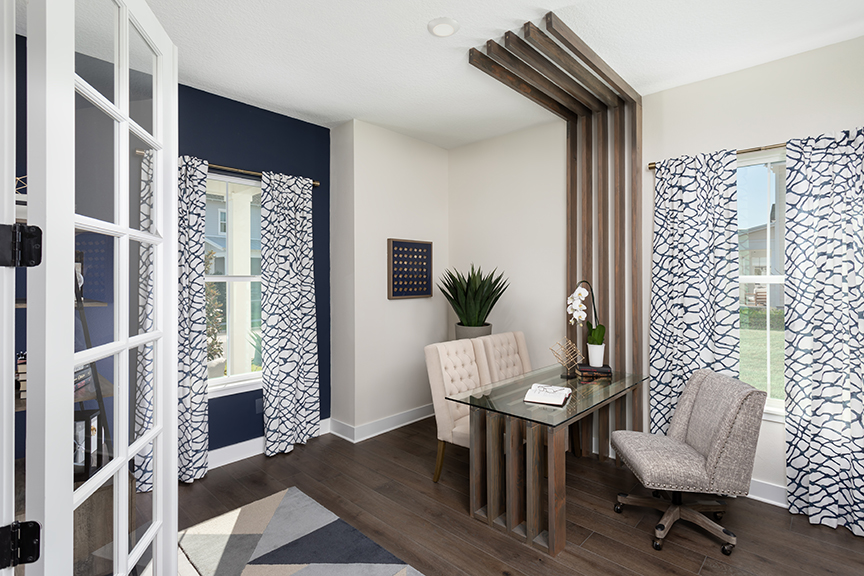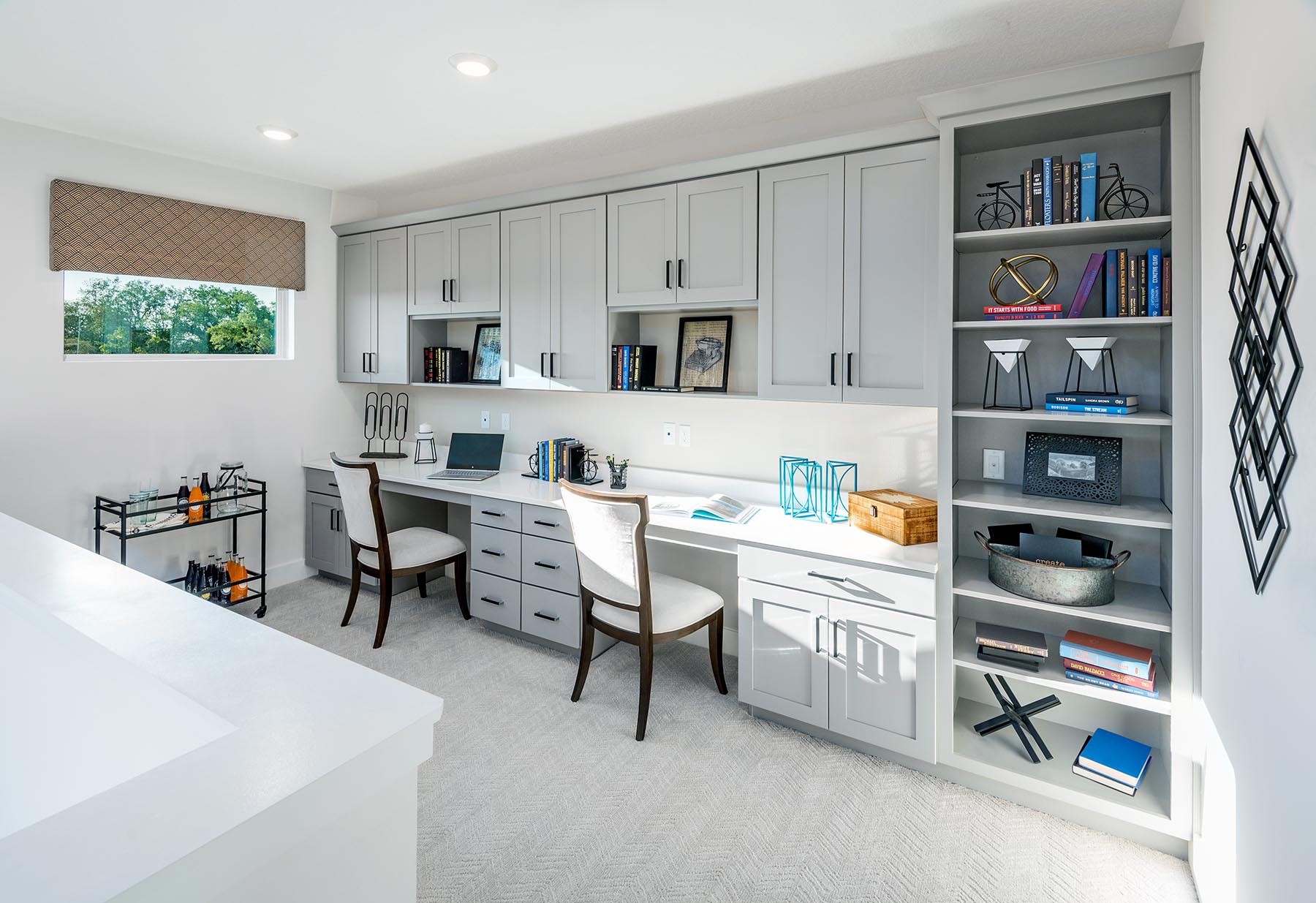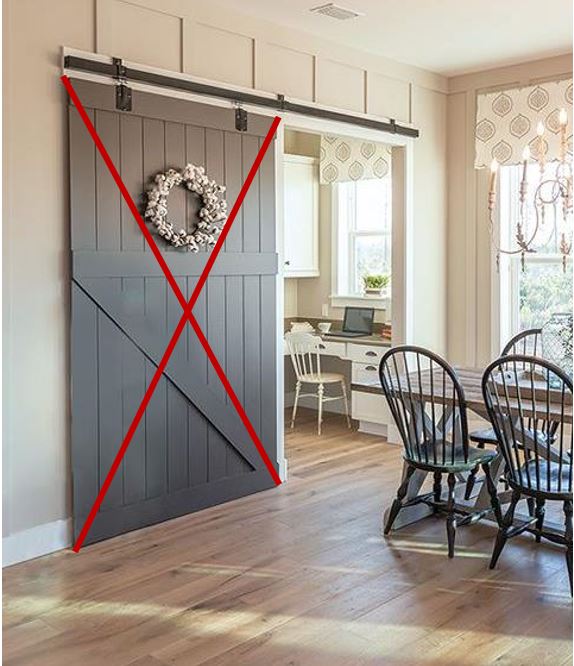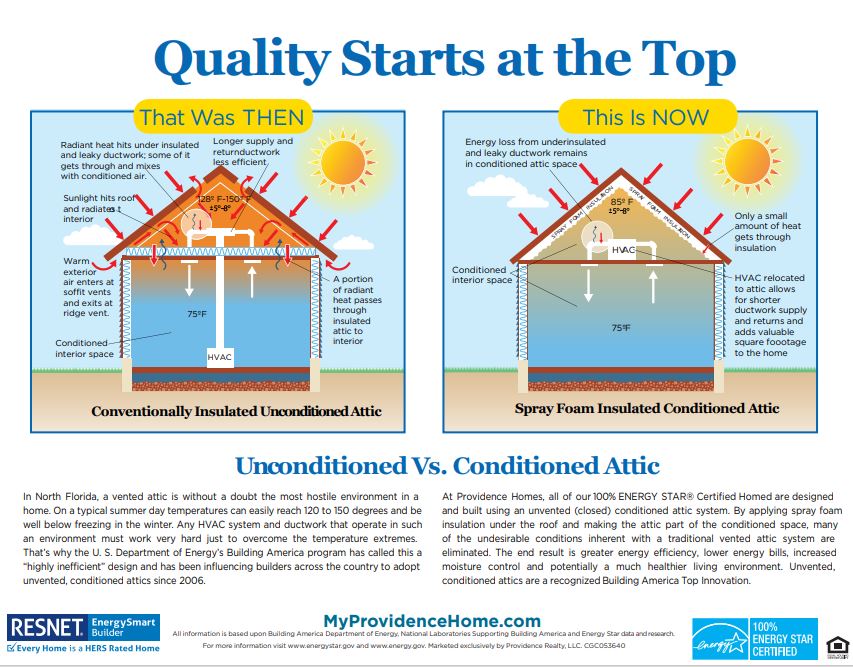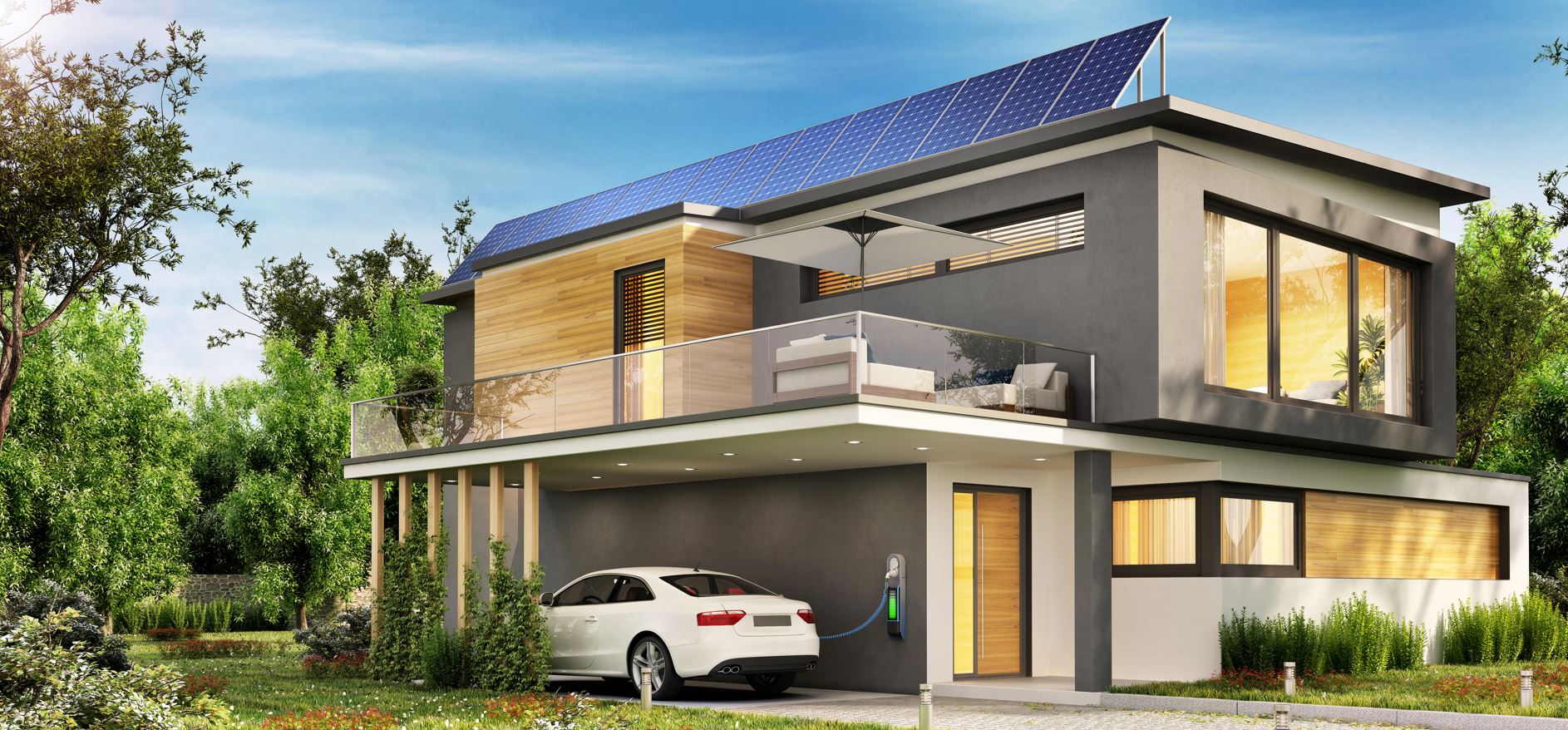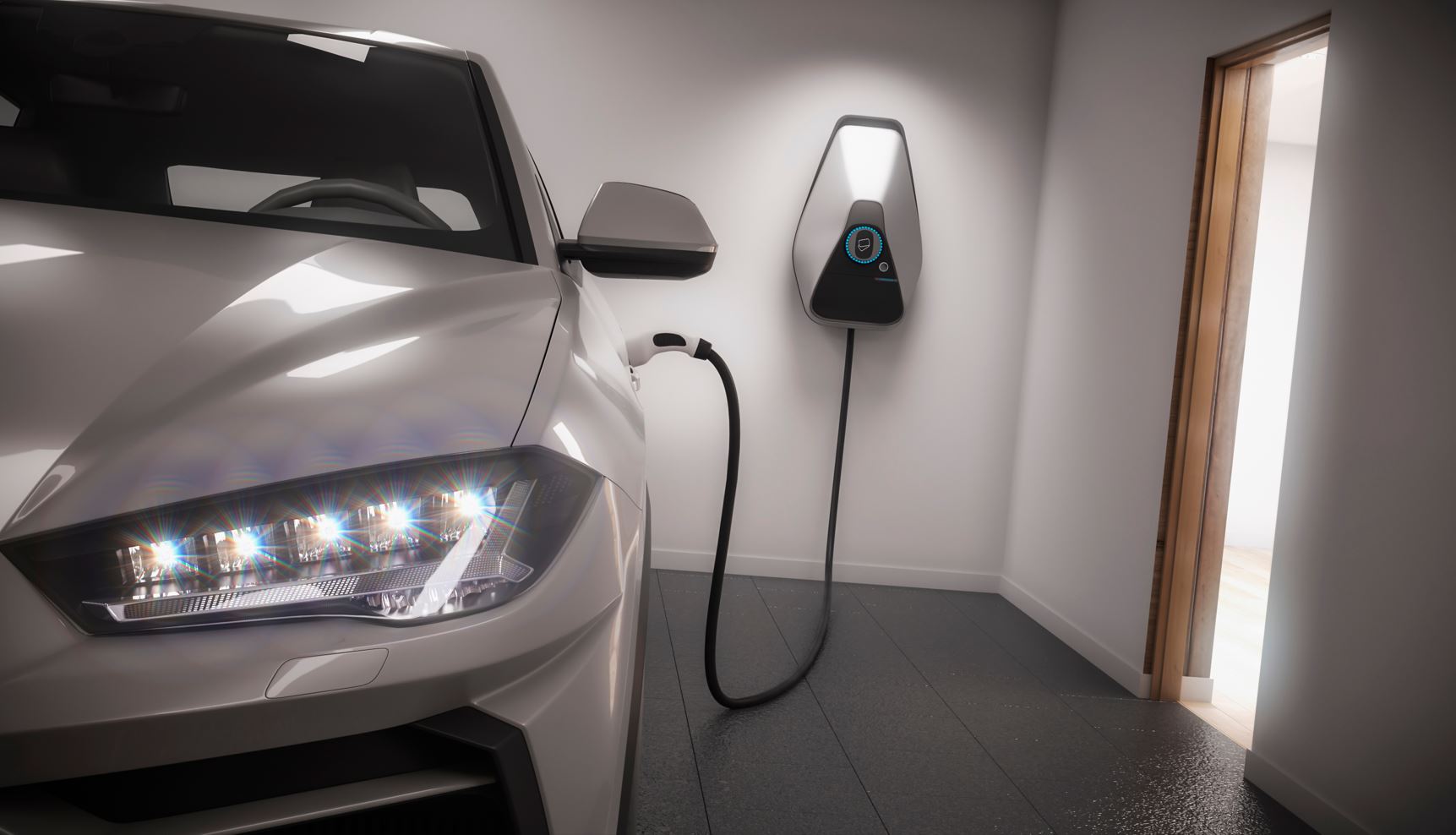You don’t need me to tell you that gas has gotten very expensive. It hurts to fill up. According to AAA, the national average price for gas at the time of writing is $3.88. That is down from the highest average earlier this year of $5.01 back in mid-June. Many areas around the country are seeing far higher prices even with the recent drop. I would have thought that Hawaii would have the highest average price for gas – at $5.21 per gallon, it’s hardly a bargain. But California wishes they were only paying that much, instead paying an average of $6.19 per gallon. Ouch!
Of course, higher fuel costs get passed on to all consumer goods that are shipped. Everything has gotten more expensive as a result – including what goes into our homes from lumber to drywall and appliances.
But how else might high gas prices affect housing? Since the pandemic, a new work-from-home dynamic has changed the way people think about going to work. Just as many employers were hoping to get their team back in the office, higher gas prices are keeping them away.
Remote Work
If you have a job that allows mostly remote working, how does this change where you want to live? First, you need a good, quiet place to work – either in your home or perhaps the clubhouse in your apartment community. If you’re a dual income earning household, you will need two places to work. With two people working from home, acoustical privacy is essential. This means that two workspaces in the same room don’t work.
That pocket office with the cute barn door off the kitchen? Sorry – you’re not keeping any noise out of your workspace with that acoustically-useless door.
As dual income households needing better work from home solutions, buyers began searching for a better place to live and work. This is when they discovered they are no longer tethered to the office and a reasonable commute time. They can start looking further out from the expensive employment centers. Perhaps the suburbs – provided they have fast internet access and Amazon deliveries. And typically, the further out you go, the less expensive land is. This often translates to a bigger yard and a bigger house. Score!
Why stop at the suburbs? This new work from anywhere dynamic opens an entire country of possibilities. Why not move closer to family? Perhaps they have an aging parent wanting to be closer to grand kids. You could move to a different state that has better weather. If you’re a skier, you can relocate closer to your favorite ski resort. How about the beach? You could also relocate to a state with a decreased tax rate – so you can keep more of your work from home money.
Do your old floor plans work?
Look at your current floor plans. Do they include features that will attract this nimble work-from-anywhere buyer? Do they include two acoustically private work from home spaces? Are you located near an amenity that a city dweller would cherish – walking, hiking, and biking without having to dodge cars or golf or…. You get the idea. Get ready. The new work-from-anywhere migration is just beginning.
Energy Efficiency
But wait! We’re not done with the effects of higher fuel cost and housing. Unless you’re getting your electricity 100% from solar or hydro-electric, higher gas prices also means higher fuel cost for power plants. Jacksonville Electric Authority has added a fuel surcharge to all electric bills. Suddenly, buyers are beginning to consider energy efficiency as part of their total cost of ownership. Typically, new construction based upon current codes is more energy efficient than older, used homes. But is that enough?
Green features in houses were once considered the right thing to do. Now many buyers are realizing green, energy efficient features could also mean more green in their pocket. Do your houses go above and beyond the current energy code? More importantly, are you educating your buyers about the total cost of ownership with energy saving features? Providence Homes does a great job at explaining the benefits of a conditioned attic.
Does the higher price for gas make buyers want to buy electric cars? If so, do you offer charging stations as an option in your garages? Will your electrical panel accommodate the higher load? What adding about solar and a whole house battery?
The housing industry is coming off of a meteoric rise over the past few years. As inventories build back up, our strategies must change – not to pre-pandemic thinking, but post-2022. Are you considering new ways to cater to reluctant home buyers?
Categorized in: Uncategorized
This post was written by Housing Design Matters


